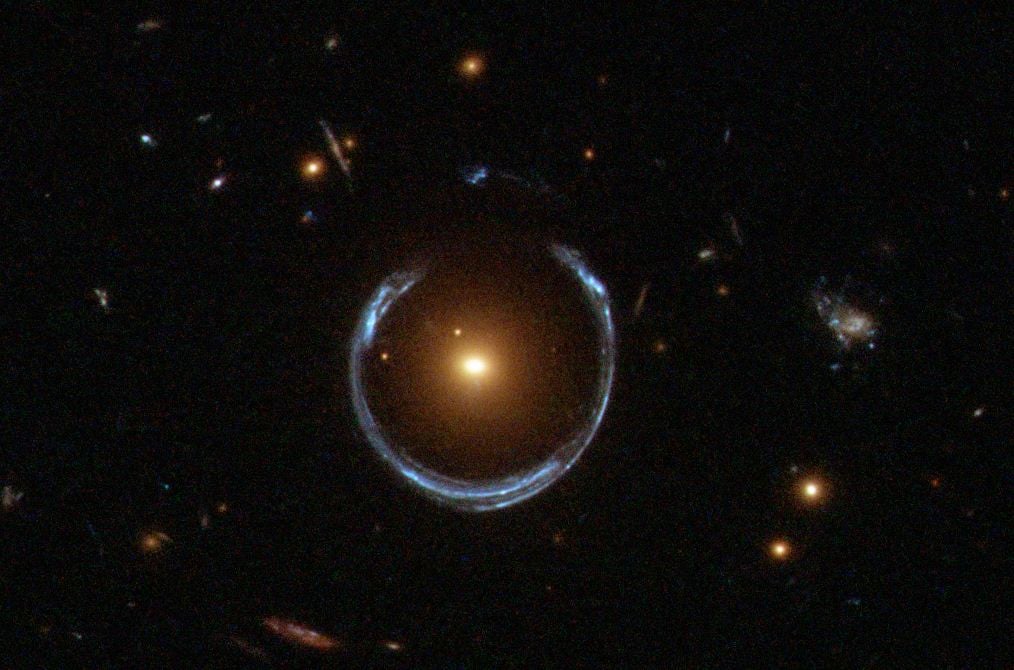The interstellar object known as 3I/ATLAS has recently displayed unexpected behavior, including signs of non-gravitational acceleration and a distinctive blue hue, as it passed close to the Sun. Avi Loeb, an astrophysicist from Harvard University, has suggested that these characteristics could indicate the presence of an artificial engine, potentially hinting at extraterrestrial technology.
NASA recorded the object’s unusual acceleration this week, which points to a significant outgassing—a phenomenon typically associated with comets. This outgassing could lead to the object losing approximately half of its mass and producing a substantial plume of debris over the coming months. In a post on Medium, Loeb noted, “This might also explain the report on 3I/ATLAS getting ‘bluer than the Sun.’” He speculated that the blue appearance could be attributed to a hot engine or a source of artificial light, although he acknowledged it might also reflect natural cometary behavior.
As 3I/ATLAS approached within 172 million miles of the Sun, Earth-based telescopes were unable to make direct observations due to the planet’s position. Nevertheless, several spacecraft orbiting the Sun were able to capture data that indicated a “rapid brightening” of the object, which appeared “distinctly bluer than the Sun,” according to research from the US Naval Research Lab. The change in color contrasts sharply with earlier observations, which showed the object transitioning from red to green.
3I/ATLAS is anticipated to make its closest approach to Earth on December 19, 2023, when it will be approximately 167 million miles away. This close encounter may provide scientists with their best opportunity to determine whether the object is indeed a comet or an artificial craft. Loeb has stated that if no significant gas cloud is observed surrounding 3I/ATLAS in December, it could imply the presence of a propulsion system.
In a related matter, Loeb criticized NASA for not releasing images captured by the Mars Reconnaissance Orbiter’s HiRISE camera during its close pass to Mars in early October. Reports indicate that these anticipated images may not be made available until the government is fully operational again.
Meanwhile, NASA’s Acting Administrator, Sean Duffy, sought to clarify the situation, asserting that there is no threat posed by 3I/ATLAS. In a response to a query from reality television personality Kim Kardashian, Duffy stated, “NASA’s observations show that this is the third interstellar comet to pass through our solar system. No aliens. No threat to life here on Earth.”
As the scientific community prepares for further observations, the mysterious nature of 3I/ATLAS continues to generate interest, sparking discussions about the possibilities of extraterrestrial life and advanced technologies beyond our understanding.







